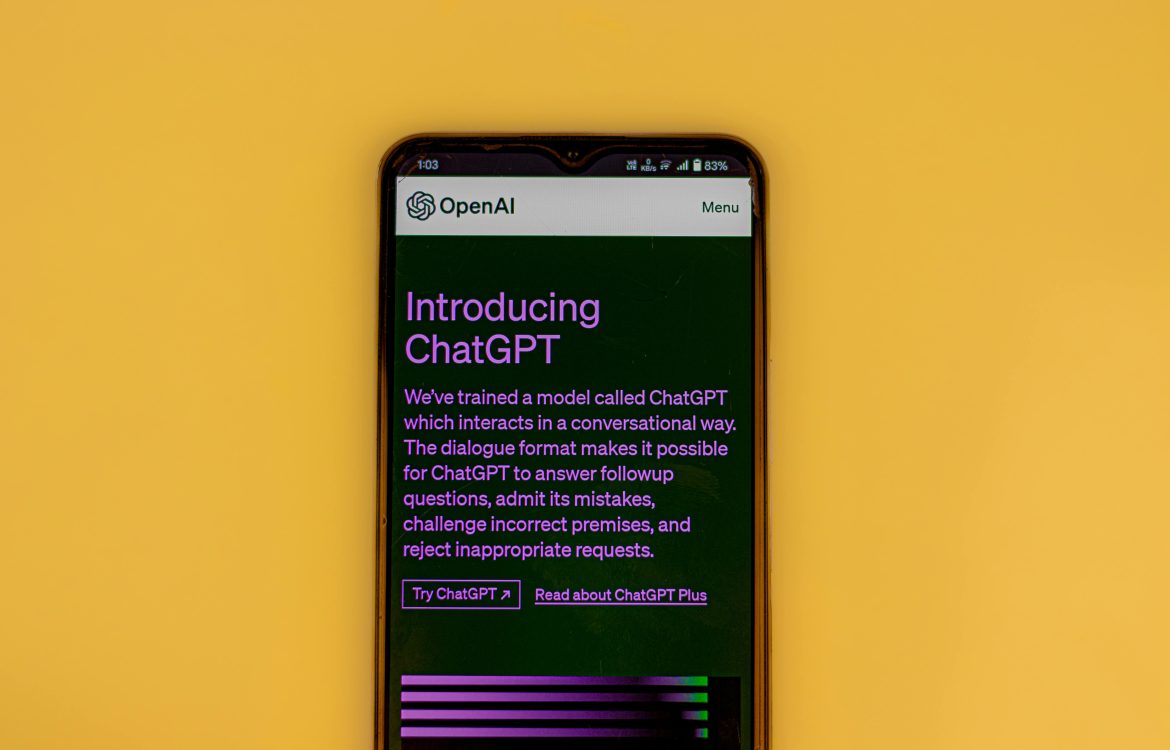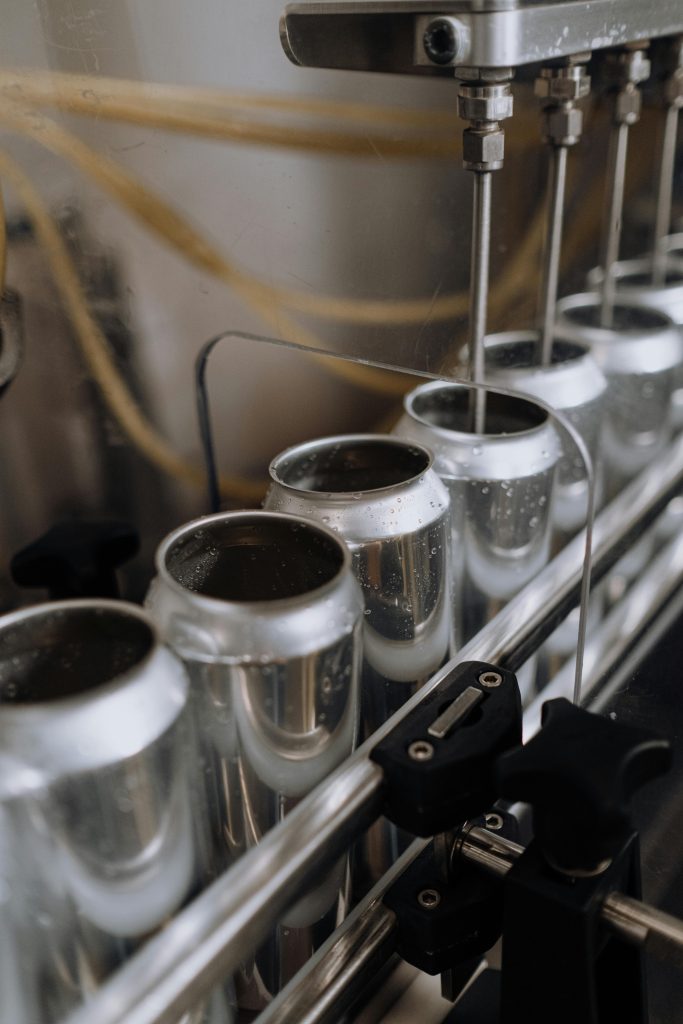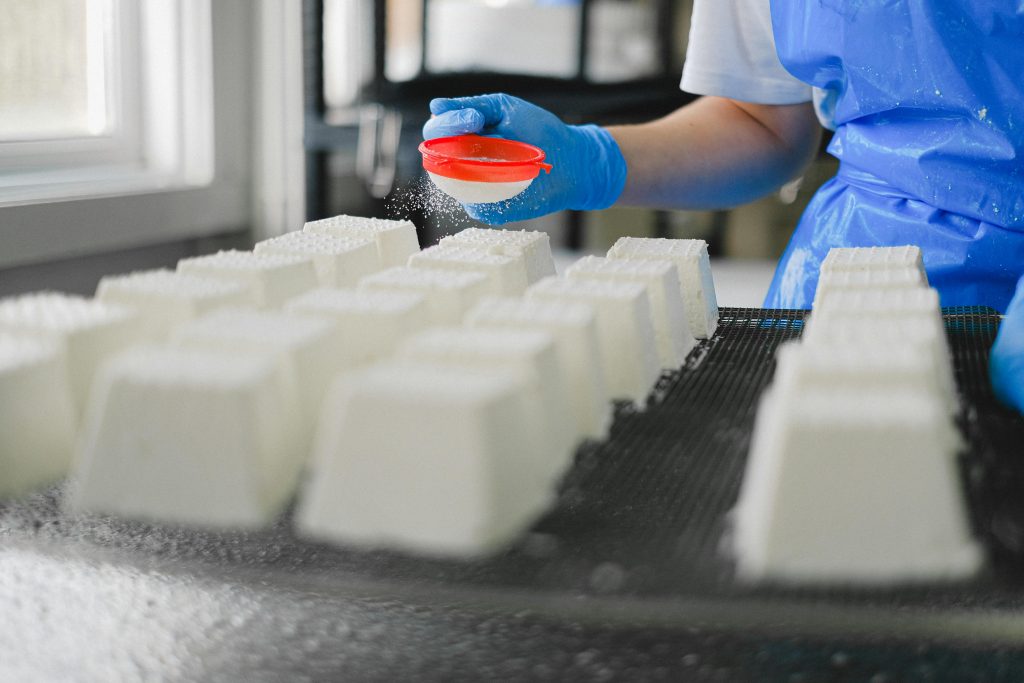
Reducing Dispatch Time: Scheduling Algorithms for AI Kitchen Automation
1. Introduction
Nowhere more so than in the hospitality industry, scheduling AI, where tardy-arriving orders affect not only customer satisfaction — but the restaurant’s bottom line and reputation.
1.1 Why Smart Planning is Needed in Modern Cuisine
- Impact on speed of service: Order-to-plate time controls the guest experience. Sluggish kitchens mean wait times, which are typically experienced as inferior service.
- Optimization of resources: Kitchen management involves more than delegating tasks to chefs. It’s also about smart equipment usage, downtime reduction, and preventing preparation-stage rivalry.
- Minimization of waste: Effective planning prevents wastage of ingredients due to lateness or poor process flow, and reduces time wasted on correcting errors.
- Acceptance flexibility of orders: Kitchen businesses need to respond quickly to unforeseen increases in orders or changes to the menu — something they cannot achieve without dynamic planning.

1.2 The Role of AI in Automating Kitchen Workflows
AI is revolutionizing dispatch management. Modern kitchens increasingly rely on AI scheduling algorithms — sometimes referred to simply as scheduling AI — to achieve dispatch optimization and dramatic time-to-door reduction. Here’s how:
- Scale data crunching: Machine learning processes order history, kitchen loads, and phase times — materials that good planning models cannot do without.
- Predicting demand: Machine learning can predict peak times and rebalance resources before bottlenecks occur.
- Auto-adjust plan: In case of an unexpected shift in orders or equipment malfunction, AI will automatically re-schedule within seconds without any human error or delays.
- Robotic integration: New kitchens increasingly incorporate robotic units operated by AI to improve speed and quality.
AI Benefits in Kitchen Automation
Key Effects:
- Processing vast amounts of data
- Enhanced schedule accuracy
- Live response
- Less waiting and downtime
- Responsive to change
- Enhanced quality of customer service
- Elimination of human error
- More stability, steady operations
For technologists, bringing AI into kitchen tasks is not a technical challenge — it’s an opportunity to use their skills in transformative ways. In Celadonsoft’s kitchen vision, cooking art meets computer science to achieve efficiency without sacrificing quality. Crossing that barrier — looking beyond dispatch timing as a relic of control — results in real innovation and new business models.
3. Success Stories of Automation in the Kitchen
The second lost on a kitchen line is invaluable, and planning algorithms and AI are no longer science fiction but a daily reality. Celadonsoft, aware of this technological breakthrough, has seen numerous examples where innovative solutions have transformed restaurants, cafes, and even home kitchens.
3.1 High-End Technology in Restaurants
Fast-moving restaurants that prioritize throughput are adopting AI to automate their operations. These are areas where automation is having a noticeable effect:
- Smart order routing: Equipment usage and line status are tracked by software, sending orders to ready free-standing stations and reducing wait times.
- Real-time monitor of dishes finished: Vision-sensing and cameras track prep phases, automatically adjusting plans if slippage is noticed.
- Peak load forecasting: Machine learning software processes previous sales, weather, and neighborhood activity to guide proactive resource planning and prevent disruptions.
The result for restaurants:
- 20–30 % less time from order to plate
- Fewer mistakes in cooking
- Improved guest satisfaction — and profits to match
3.2 Case Studies
Automation may seem elusive, challenging, or expensive to small companies and home kitchens. The newest algorithms and software continue to offer new possibilities in this space as well:
- Mobile apps with adaptive planning: Small cafes employ straightforward nonlinear greedy algorithms in apps that allow employees to spontaneously order.
- Automated routine tasks: Temperature-control systems and inventory-management systems reduce human error, and cooks cook rather than completing forms.
- AI kitchen assistants: Home cooks are given step-by-step suggestions, organizing orders and reducing disorganization.
Try it with an example: a partner had installed automated queuing of orders by workload requirement and timing needs in a mini-café in a downtown location. The reward? Smaller lines and better quality of service, without the extra headcount.
Automation is no longer the exclusive domain of large restaurant chains. Small kitchens also have room for growth and efficiency with good planning and simple AI-enabled algorithms.
Celadonsoft is confident that the future of food lies in intelligent systems that ease the burden on chefs and drastically cut dispatch times — never compromising on quality.
4. Legacy Techniques vs. New Algorithms
In the kitchen, where seconds count, efficiency is everything. Let’s compare legacy planning with state-of-the-art AI algorithms in Celadonsoft — a food-tech IT firm.
4.1 Resource Efficiency: Human Factor vs. AI
Techniques tried and true over the years, relying on chef and staff instinct, continue to predominate in most kitchens. Their greatest strengths:
- Improvisational talent and instinct: Real-life experience enables chefs to improvise in times of uncertainty — cancelled orders at the last minute, equipment failure at the worst possible moment.
- Scaling limits: Human response times and memory abilities plateau, approaching an asymptote — a time constraint in time-critical scenarios.
- Susceptible to mistakes: Pressure, tiredness, and plain old-fashioned carelessness encourage procrastination and lost quality.
Conversely, AI-powered planning and optimization offer enormous advantages:
- Sizzling data processing: Work is re-directed in the blink of an eye, minimizing waits and downtime.
- Simultaneous multi-tasking: Dozens of variables — worker workloads, equipment status, cook times — are controlled without lost productivity.
- Non-stop learning: Plans are optimized by analytics to prevent repeating mistakes.
And yet, pure automation can never match the art of cooking — improvisation and adaptability are essential when things go wrong.
4.2 Quality of Meals and Guest Perception
Efficiency is not everything — quality of meals and guest perception are also important. Here’s how they differ:
- Classic style: A perfectionist attitude by chefs permits recipes to be adjusted at the last minute. But inadequate planning means postponed or stale food and negative reviews.
- Algorithmic planning: Trustworthy, predictable processes dominate groups so meals arrive on time — improving customer impressions.
Celadonsoft’s philosophy: AI can never replace humans. That is the only way to achieve speed and the best standards.
Top Benefits of AI Over Traditional Methods:
- Higher “order-to-plate” times
- Fair workload for equipment and manpower
- Less human error
- Better visitor experience through on-time dishes
- Robust against shifting kitchen requirements and demands
In a nutshell: in kitchen management, new algorithms are not just rivals to convention — they’re powerful tools that can supplement and surpass it. Applying them is not an automation exercise for the sake of it, but a strategic leap towards increased efficiency and business resilience.
Celadonsoft envisions the future as an integrated paradigm — AI supplementing culinary expertise.
6. Social & Ethical Impacts of Kitchen Automation
Implementing baking AI in the kitchen is more of a social issue — it’s not just about the tech. Celadonsoft tells it like it is: any innovation has to be tested by how it impacts people, work, and the cultural value of the profession.
6.1 Impact on Employment and Work
- Elimination of drudgery: Chopping, temperature checking, and sequencing are automated by algorithms and robots. Eliminating the drudgery from workers allows them to focus on creativity and service.
- Creation of new jobs and upskilling: Paradigm shifts require new skills for employees. Automation requires upskilling: from unskilled cooks to AI system operators, data analysts, and process designers.
- Social and labor risks: Streamlined procedures will lead to fewer people in specific roles. New specialties will fill this void in the long run. Governments and businesses in these cases must plan ahead — retraining and assistance are the answers.
6.2 Culinary Art vs. Automation: Where’s the Line?
“Algorithm vs. elbow grease” is something that makes you question — will the soul of a dish be stolen by machines? Our answer: not replacement, but complementing what is possible. We at Celadonsoft offer:
- Hybrid workflows: AI planning and heavy lifting, creativity, and the human touch.
- Taste management & personalization: Algorithms work through preference data to maintain standards without taking away individuality.
- Ethics of the kitchen: Tradition and cultural awareness matter; automation is a tool, not an end to the chef’s soul.
7. AI in Kitchen Automation’s Future
Celadonsoft projections look beyond today’s limits. We envision AI as the hub of a next-generation world — a living, thinking kitchen. Let’s highlight the most significant directions.
7.1 Promise of Emerging Tech & Innovation
- Multimodal sensor fusion: Cameras, thermal vision, and humidity sensors allow AI to observe food and workflow in real-time, eliminating the margin of error and improving safety.
- Big data-informed learning: Cumulative statistics and user feedback allow algorithms to learn and adapt to trends, seasonality, and local tradition.
- AI Robotics: Robotic kitchen cooks and delivery-in-kitchen systems will not just speed up work — they’ll revolutionize kitchen planning and flow.
7.2 Culinary Planning Algorithms: What’s Next?
- Dynamic, real-time adjustment: Future algorithms won’t simply plan, but automatically re-write workflows in response to ingredient availability issues, last-minute orders, or technology failures.
- Networked systems: Sites that pool information from several kitchens and restaurants will predict trends, optimize supply chains, and create networked efficiencies.
- Eco-friendliness and sustainability: Expect planning that minimizes waste, boosts energy efficiency, and uses local produce as the rule, not the exception.
At Celadonsoft, we’re convinced: only the mix of an ethical mindset, innovation, and algorithmic flexibility will bring successful AI integration to the kitchen — cutting dispatch times without sacrificing the human touch.
8. Conclusion: Merging Tradition & Technology
In today’s fast-paced world, even the kitchen must keep up with the rhythm of life. However, in the pursuit of speed, we must not lose sight of the very essence of cooking — quality and love. Celadonsoft is certain: the future of your kitchen is a balance between tradition and innovation, where human potential and machine intelligence intersect.
8.1 How to Balance Speed and Quality
Achieving the tricky balance of “delicious” and “quick” is never simple. Automation and AI compel us to optimize processes and reduce waiting time — while preserving authenticity and the human touch.
Some of the best strategies for achieving this balance:
- Dynamic scheduling algorithms — developed to account for the nuances of each meal, as opposed to the most efficient output.
- Integration into quality-control systems — to spot and correct errors when they occur.
- Adjustable parameter settings: from the speed of service to presentation demeanor, so the kitchen can switch gears whenever needed.
- Maintaining hands-on steps for flavor — while technology does the drudge work, humans still remain responsible for what is critical to taste.
Celadonsoft develops solutions that act like a conductor — setting the rhythm and tempo, but never taking away from the autonomy of the “soloists,” the chefs whose skill and touch make or break a dish.

8.2 A Glimpse Ahead: What’s in Culinary Tech?
Kitchen AI is much more than speed. New advancements are on the way:
- Total dish customization: Algorithms track not only order type but taste, allergies, mood, and even food trends.
- Next-generation autonomous kitchens: These kitchens operate with little human touch, yet maintain stringent quality control, responding in real-time to unexpected changes.
- Robotic-AI convergence: Chef-robots and assembly robots working together to create gastronomic masterpieces — faster and more precisely.
- Smart sharing of data on preferences, order lengths, and surge levels — enabling forecasting and hyper-precise scheduling.
- New culinary frontiers: Food technology enables creativity in presentation and cooking styles, utilizing molecular cuisine and international recipes for fast-food applications.
In conclusion, IT professionals and programmers are not just creating algorithms — they are building intelligent systems that understand the “pulse” of the kitchen. These systems honor tradition but also embrace innovation. This is how the new era of gastronomy begins — with technology as an inspiring companion, not a replacement.
Celadonsoft is proud to be at the forefront of this revolution, offering tools and expertise to turn tomorrow’s kitchens into today’s reality.
Summary: Brains and warmth, speed and flavor, code and imagination — that’s tomorrow’s kitchen recipe for success. In this harmony, we see the future worth fighting for.
Leave a Reply
You must be logged in to post a comment.